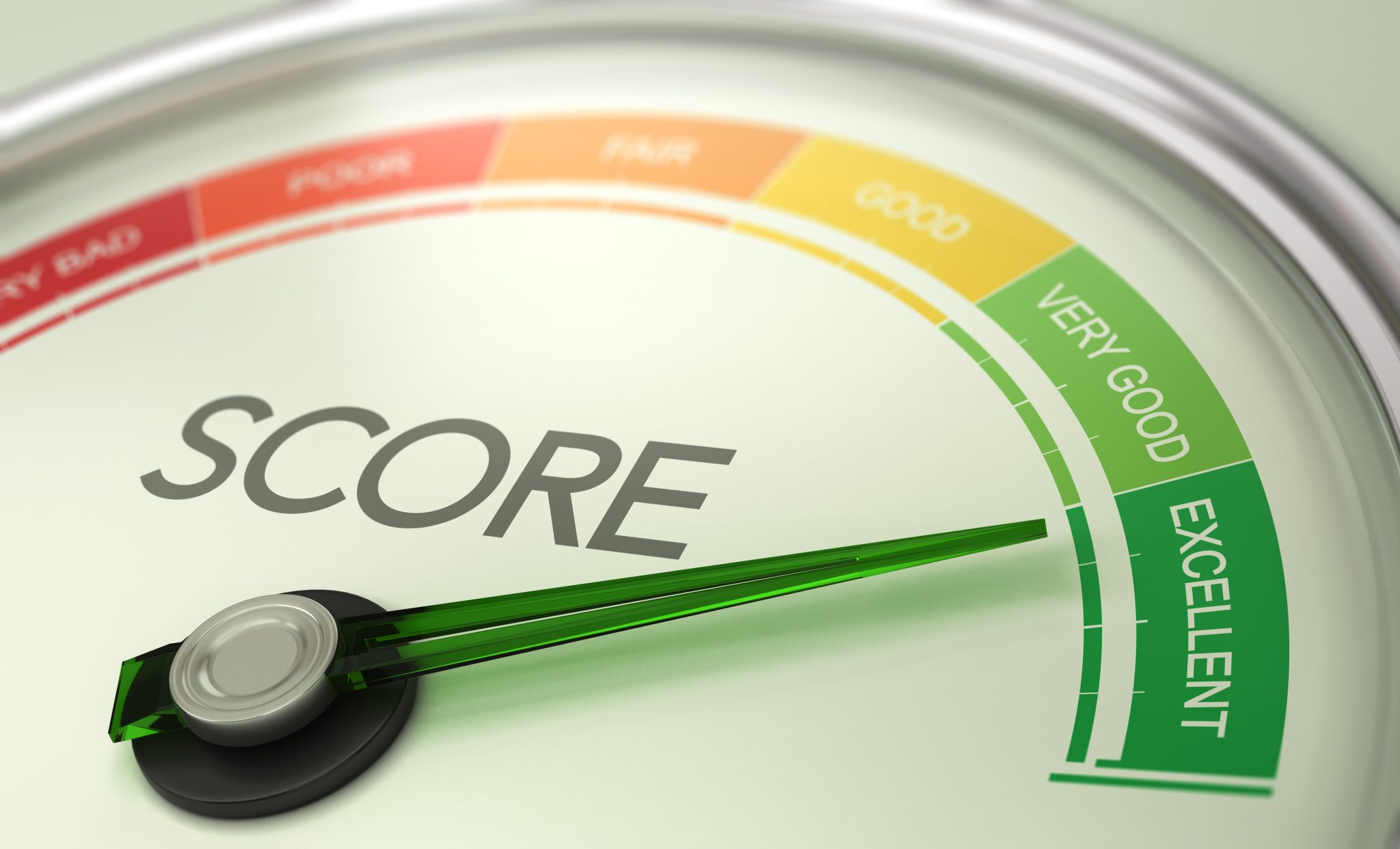Finance & Career

Debt in America has steadily increased since 2015. Alabama ranks among the top ten states with the highest consumer debt. Income disparity and the lack of financial literacy contribute to higher debt in America.
What is Financial Literacy?
Financial literacy involves a consumer’s ability to understand how to make wise financial decisions. Financial literacy is important when managing and growing financial resources. When consumers are financially literate, they are able to meet financial goals, manage debt, and save money for unexpected emergencies. Learning how to reduce debt and to manage credit can lead to greater financial literacy.
Understanding Credit
Good credit, bad credit, or no credit at all are words we often see and hear in advertisements. But what does it all mean? Understanding the difference between the three is important because credit impacts our lives.
For example, credit can affect lease agreements, employment possibilities, insurance premiums, interest rates, and much more. Understanding your credit report and credit score will help you to determine your credit worthiness.
Good Credit
If you have good credit, it means you are likely to repay a debt. It indicates that you are trustworthy. Having good credit can save you hundreds or even thousands of dollars. The higher your credit score, the lower your interest rate will be on loans.
For example, Sam has a credit score under 630 that indicates bad credit and Mary has a credit score of 750 that indicates good credit. Both Sam and Mary apply for a five-year car loan of $20,000. Mary’s credit score allows her to get the loan with an interest rate of five percent, while Sam gets a similar loan with an interest rate of 18 percent. Within the five-year period, Mary pays $13,000 less for the same vehicle.
Having good credit or a good reputation relative to repaying your debt saves you money. Remember, good credit is determined by your credit score, and a large portion of your credit score (roughly 65 percent) is determined by two major behaviors.
- How consistently you pay your bills on time and for the agreed amount.
- How well you keep the amount owed on revolving credit (credit cards) under 30 percent of your credit limit. For example, if your credit limit is $1,000, keep your balance under $300.
Remember, although your credit may be good, continue working to keep or to improve your credit score until it is excellent.
Bad Credit
Bad credit suggests you are a credit risk. The likelihood of you repaying a debt is not good. This is determined by looking at your past behavior when it comes to repaying debt. Having bad credit denotes a lack of trustworthiness. It could mean that a lender takes a very high risk of getting his or her money back from you. Not only will your bad credit rating cause you to pay more for a loan, it can block you from even getting a loan.
Bad credit can also prevent you from being able to rent a place to stay, get a student loan, obtain a job, get insurance, etc. Some behaviors that can easily lead to bad credit are:
- Skipping payments
- Consistently being late with payments
- Maxing out your credit cards (keep balance under 30 percent of credit limit)
- Opening several new accounts within a short period of time
- Filing bankruptcy
Remember, you can take the necessary actions to improve or fix a bad credit rating.
No Credit
Having no credit is not the same as having bad credit. No credit indicates no past history of credit and no credit score. Bad credit on the other hand indicates a credit history in which money was borrowed, but not repaid or not repaid in an untimely manner. A low credit score signals a high credit risk.
Similarly, having no credit history or credit score makes it difficult for a lender to predict the likelihood of being repaid. Since there is no past evidence of an individual’s behavior relative to repaying bills, the lender has little to nothing to go on for making lending decisions.
Remember, good credit requires having and using credit wisely.
What to do With Bad or No Credit
Here are some steps to take to turn bad credit or no credit into good credit.
Bad Credit
- Pay your bill.
- Pay your bills on time.
- Keep bills under 30 percent of your credit limit.
- Obtain a secured credit card.
- Obtain a Fresh Start or Credit-builder loan.
No Credit
- Make sure lenders report your activity to the credit bureaus.
- Obtain a secured credit card.
- Obtain a Fresh Start or Credit-builder loan.
- Get someone to co-sign a loan for you.
- Become an authorized user on someone’s credit card.
Remember, improving your credit score requires knowing what to do and what not to do.
For more information on credit and financial literacy, contact Dorothy Brandon, an Alabama Extension family and consumer sciences specialist, at (256) 372-5458 or visit www.aces.edu.
References
Coker, Angel. 2019. “Alabama ranks among top states with highest credit card debt.” Accessed March 24, 2020. https://www.bizjournals.com/birmingham/news/2019/12/05/alabama-ranks-among-top-states-with-highest-credit.html.
Tatham, Matt. 2019. “A Look at U.S. Consumer Credit Card Debt.” Accessed March 24, 2020. https://www.experian.com/blogs/ask-experian/state-of-credit-cards/.
White, Alexandria. 2020. “Alaskans carry the highest credit card balance—here’s the average credit card balance in every state.” Accessed March 24, 2020. https://www.cnbc.com/select/average-credit-card-balance-by-state/.

